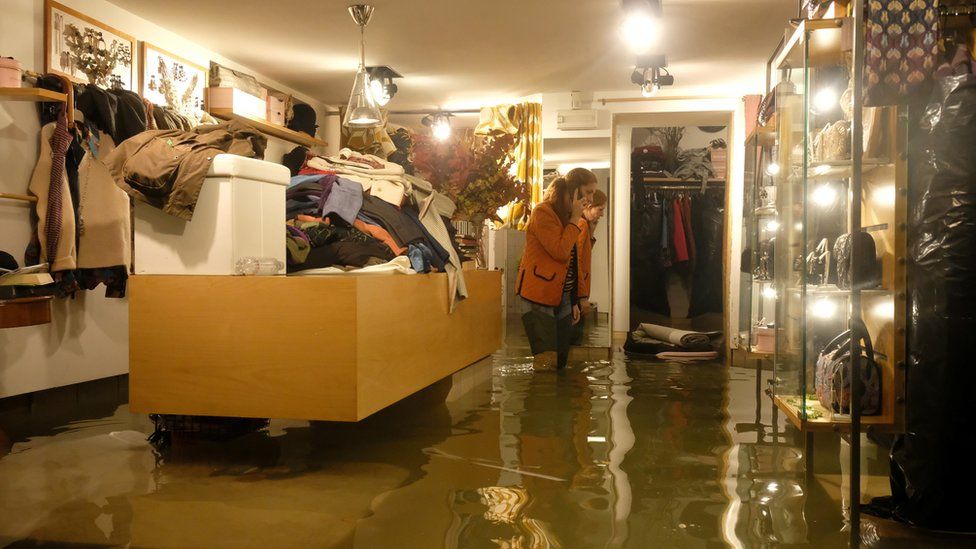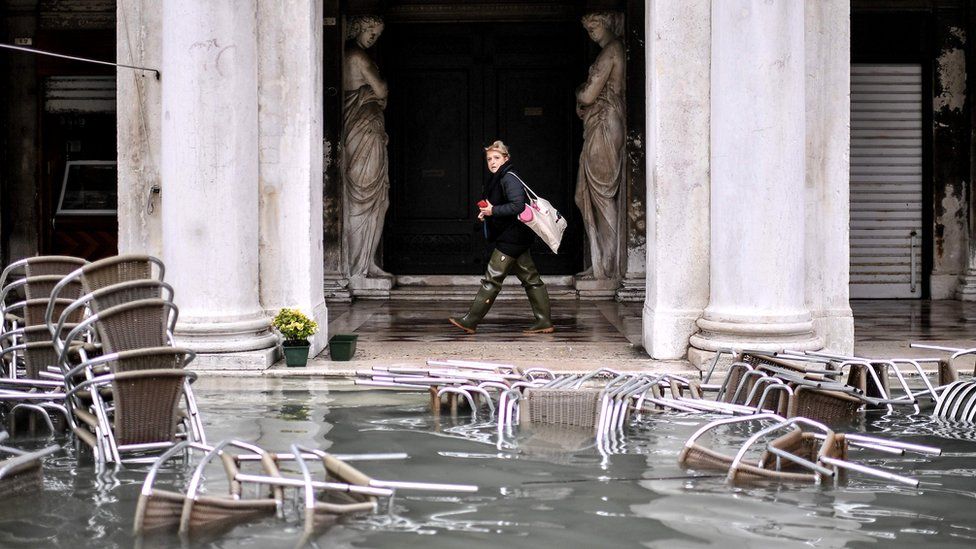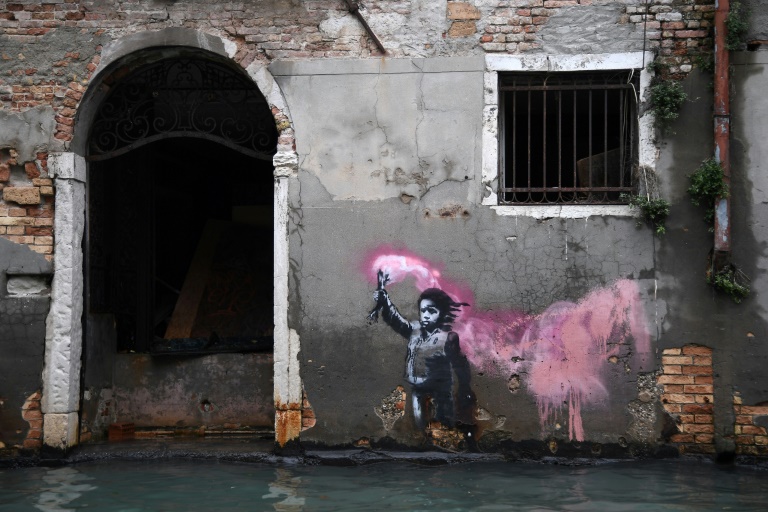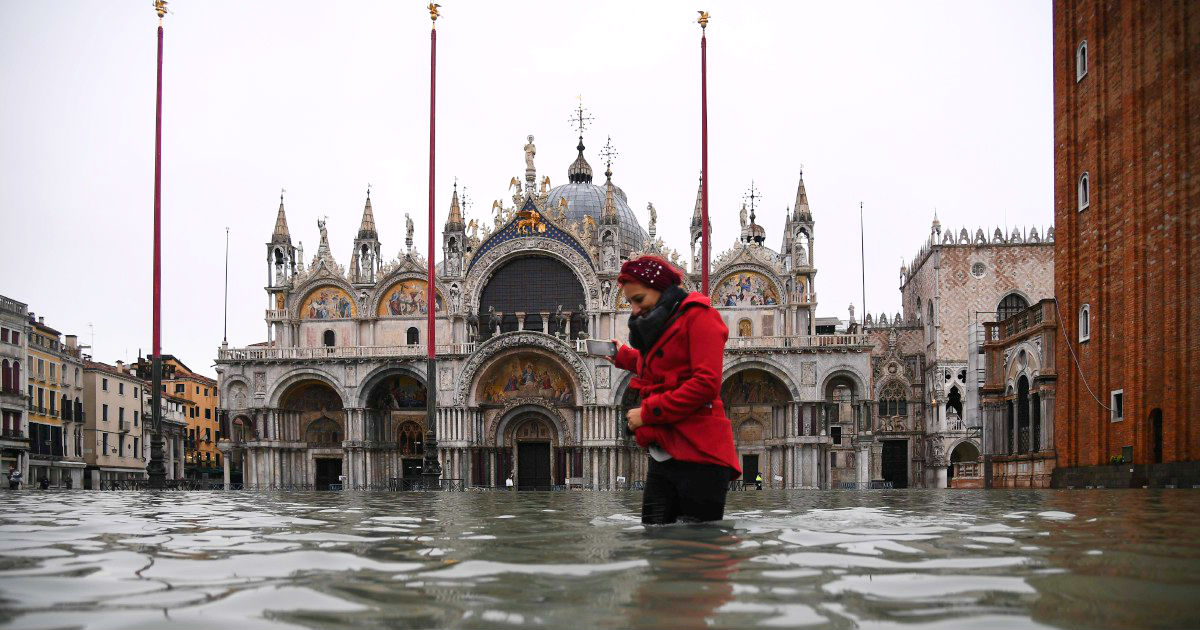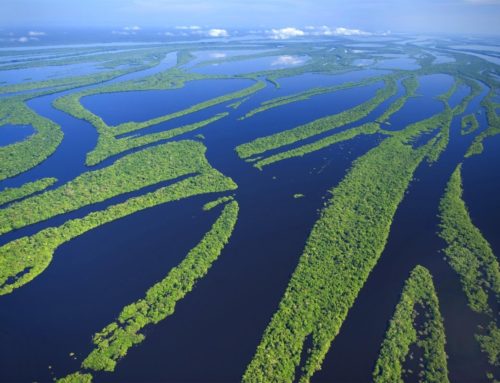Venice Island was built on a foundation of 10,000,000 underwater wooden logs or 8 to 10 tree logs per sq meter. Trunks function as roots. 1200 years later, those same trunks still support almost all of central Venice. Extremely expensive building ground accounted for half of the construction costs. The wood had to be obtained from the forests of Slovenia, Croatia and Montenegro, and transported to Venice via water.
Wood is much less durable than metal and its use as a supporting structure may seem strange. The secret to the longevity of Venice’s wooden foundation is the fact that they are submerged underwater. The decay of wood is caused by microorganisms, such as fungi and bacteria. As the wooden support in Venice is submerged underwater, they are not exposed to oxygen, one of the elements needed by microorganisms to survive. In addition, the constant flow of salt water around and through the wood petrifies the wood over time, turning the wood into a hardened stone-like structure.
Million ancient tree trunks are not the reason Venice is sinking. The draining of the aquifer beneath Venice during the early modern period is the principal cause.
Venice declared ‘state of disaster’ and two people died in ‘apocalyptic’ tide, known as “acqua alta,” that flooded 85% of the UNESCO city. With the waters peaking at 1.87 meters—the worst since a catastrophic flood reached 1.94m in 1966
Venice Mayor Luigi Brugnaro says that climate change is responsible for the highest tide in 50 years. He tweeted that the floods will leave a “permanent mark,” adding: “Now the government must listen… These are the effects of climate change… the costs will be high.” Brugnaro put the damage at “one billion euros”,
Dirty water swirled around marble tombs inside the 12th century crypt of St Mark’s Basilica in Venice, which suffered untold damage.
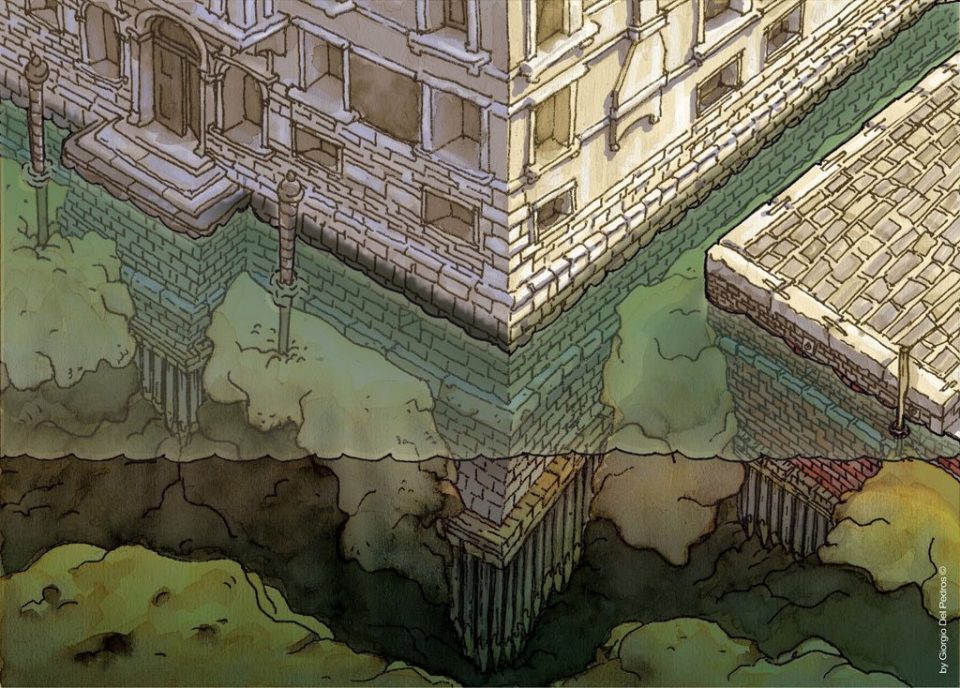
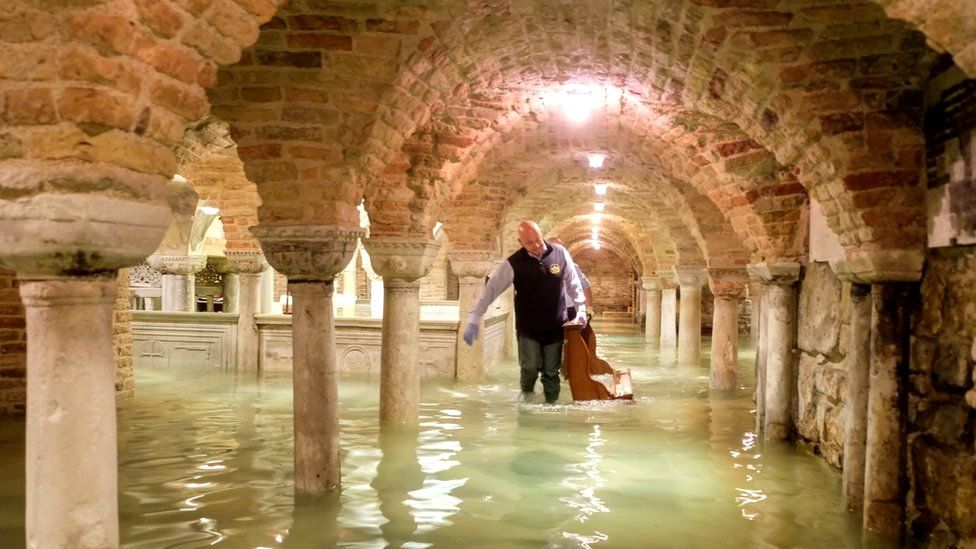

According to Associated Press, Brugnaro said he had asked to talk with Premier Giuseppe Conte to underline the urgency of the project, nicknamed Moses, which would raise barriers when the tide reaches 43 inches.
Full completion and operation of the project is expected in 2022.
The question remains if climate change is behind Venice flooding? BBC meteorologist Nikki Berry explained:
“The recent flooding in Venice was caused by a combination of high spring tides and a meteorological storm surge driven by strong sirocco winds blowing north-eastwards across the Adriatic Sea. When these two events coincide, we get what is known as Acqua Alta (high water).
The weather patterns that have caused the Adriatic storm surge have been driven by a strong meridional (waving) jet stream across the northern hemisphere and this has fed a conveyor belt of low pressure systems into the central Mediterranean.”
